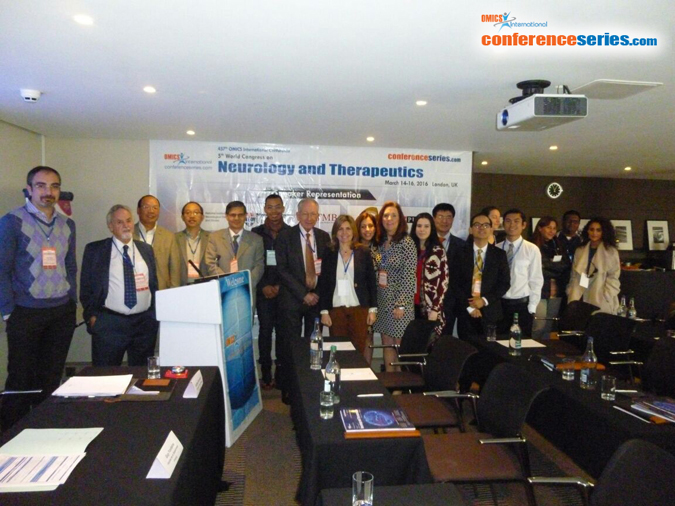Deepa Rani
NMP Medical Research Institute, India
Title: Impact of peer education program on headache disorders in rural communities, India: A quasi-experimental study
Biography
Biography: Deepa Rani
Abstract
Worldwide, headache disorders are among the most common medical conditions.Many people with headache need not experience further pain if the diagnosis and treatment are correct. Most patients do not have correct diagnosis and treatment. This study tested a model for treatment of people with headache disorders at primary health-care level in rural areas of Haryana, India. METHODS: A quasi experimental study with peer education intervention was conducted in selected primary care health clinics. Threee hundred sixty patinets from randomly selected communities of Kaithal, Haryana were assessed through screening questionnaires conducted in pre- and post-intervention periods. Pertinent data on socio-demographic and headache related factors were collected. The statistical packages used for data entry and analysis were epi-info version 3.5.4 and SPSS version 20.0 respectively. RESULTS: When the pre and post intervention data of each group were compared, comprehensive Knowledge of headache (P-Values =0.004) and willingness to go to neurologist for diagnosis and treatment (Pvalue = 0.001) showed significant differences among intervention group during post intervention period. In 68% of patients who completed 12 months' treatment, headache frequency was decreased by at least 60%, and a third of patients were headache free. Medication was well tolerated and reported adverse events were mild; only 36 patients (1%) discontinued medication because of side-effects. CONCLUSION: This study confirmed that this simple protocol was suitable for the treatment of headache disorders in rural areas of India. Physicians and community workers with basic training could diagnose and refere headache patients, with beneficial effects for most patients with treatment.

